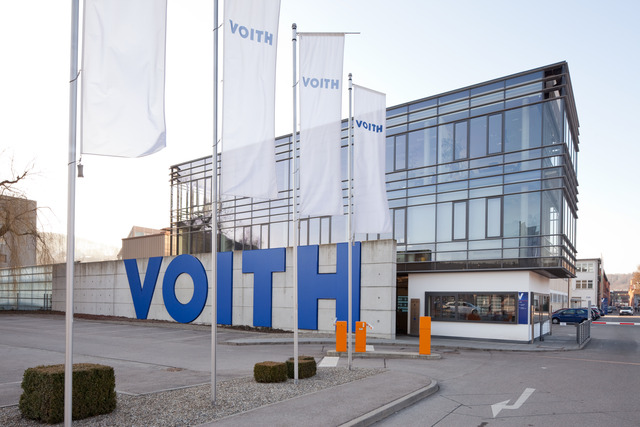Voith Hydro has been selected to design, manufacture and install 720 MW of ternary pumped storage equipment for the Cat Creek Energy and Water (CCEW) Project planned in Idaho on the Boise River.
The overall project, which includes wind and solar generation parks, the pumped storage plant, the associated electrical transmission facilities and a large upper reservoir, will provide more than $1 billion in U.S. manufacturing and construction jobs over the next six years and will offset more than 2.7 million metric tons of CO2 emissions annually.
The CCEW project also addresses many key national and regional issues including the transition to providing renewable energy, the mitigation of long-term effects of climate change and the securing of a significant portion of the future water storage needs in the Boise River Basin.
Voith Hydro North America President and CEO, Stanley J. Kocon said: “Voith Hydro is all in when it comes to supporting the renewable energy transition and climate change goals in the U.S. and around the world. This project will be the most advanced large-scale, fully integrated energy and water storage project ever constructed in the U.S. and we’re excited to be partnered with Cat Creek Energy right from the start.”
Cat Creek Energy Owner, John Faulkner said: “The CCEW project was uniquely conceived to address the needs for renewable energy and water storage with the best technologies available and with the highest degree of flexibility to adjust to future needs. By selecting Voith Hydro ternary units, we lock in the most capable technology for the pumped storage facility and confirm our intent to build this critical infrastructure project with American steel manufactured in America.”
When completed, the CCEW Project will be capable of generating 1100 MW of renewable energy and the upper reservoir will store enough water to support more than 40% of the projected water supply needs of the Boise River Basin. This stored water volume will provide five complete days of full generation capacity from the pumped storage facility, creating one of the most significant Large Volume, Long Duration (LVLD) energy storage facilities in the West. The energy to power the pumps will come from on-site wind turbine and photovoltaic solar panel arrays as well as other variable renewable energy resources around the region.
Do you have an article to share? Click here to submit. If you’d like to subscribe to our weekly newsletter, click here.







